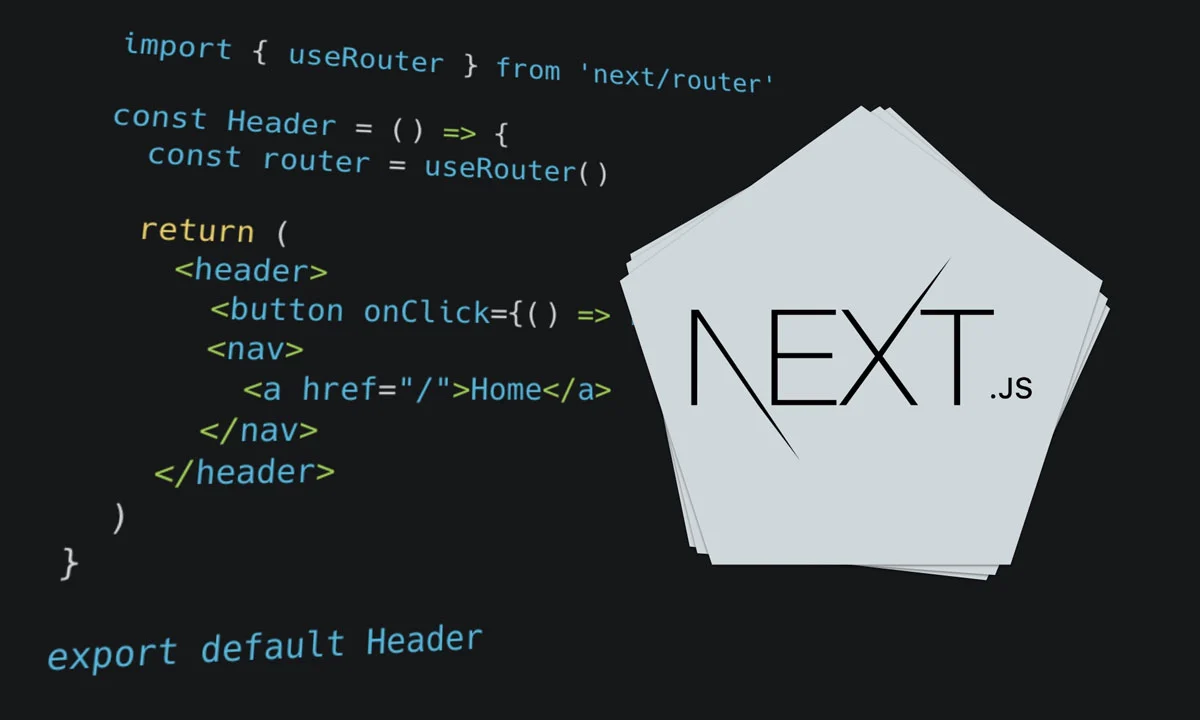


March 15, 2022
First released as an open-source project on GitHub 5 years ago in october 25, 2016, Next.js is owned by company Vercel (previously named ZEIT) whose original author, Guillermo Rauch, is currently the CEO of Vercel and the project’s lead developer is Tim Neutkens.
It was originally developed based on six principles:
Next.js is an open-source development framework built on top of Node.js enabling React based web-applications functionalities such as server-side rendering and generating static websites. React documentation mentions Next.js among “Recommended Toolchains” advising it to developers as a solution when “building a server-rendered website with Node.js”. Traditional React apps render all their content in the client-side browser whereas Next.js is used to extend this functionality to include applications rendered on the server side.
React is a JavaScript library that is traditionally used to build web applications rendered in the client’s browser with JavaScript.
The most recent, Next.js 12 was released on October 26,2021, which added a Rust compiler, making the compilation faster, AVIF support, Edge Functions & Middleware, and Native ESM & URL Imports. This makes us backtrack to the developments and updates that Next.js has undergone over the past years-
March 2017, Next.js 2.0 was announced consisting of several improvements that made it easier to work with small websites As well as increased the build efficiency and improved the scalability of the hot-module replacement feature.
September 2018, Version 7.0 got released with improved error handling and support for React’s context API for improved dynamic route handling. This was also the first version to upgrade to webpack 4.
February 2019, Version 8.0 was released and was the very first version that offered serverless deployment of applications, in which the code is split up into lambda functions that are run on demand, also reducing time and resources needed for static exports and improved prefetch performance.
March 2020, saw the release of Version 9.3, which included various optimizations and global Sass and CSS module reports. Following the release of version 9.5 in July 27, 2020 which added new capabilities including incremental static regeneration, rewrites and redirect support.
Next.js Version 11 was released on June 15, 2021 introducing Webpack 5 support, preview of real-time collaborative coding functionality “Next.js” and experimental function of automatic conversion from Create React App to Next.js compatible from “Create React App Migration”
Developers find several problems with the javascript strategy, such as not catering to users who do not have access to Javascript or have disabled it, potential security issues, significantly extended page loading times, and it can harm the site’s overall search engine optimization whereas frameworks such as Next.js sidestep these problems by allowing some or all of the website to be rendered on the server-side before being sent to the client.
These instances have certainly put Next.js on the top lists for developers, including Shopify. Stay tuned for part two!
Leave a Comment